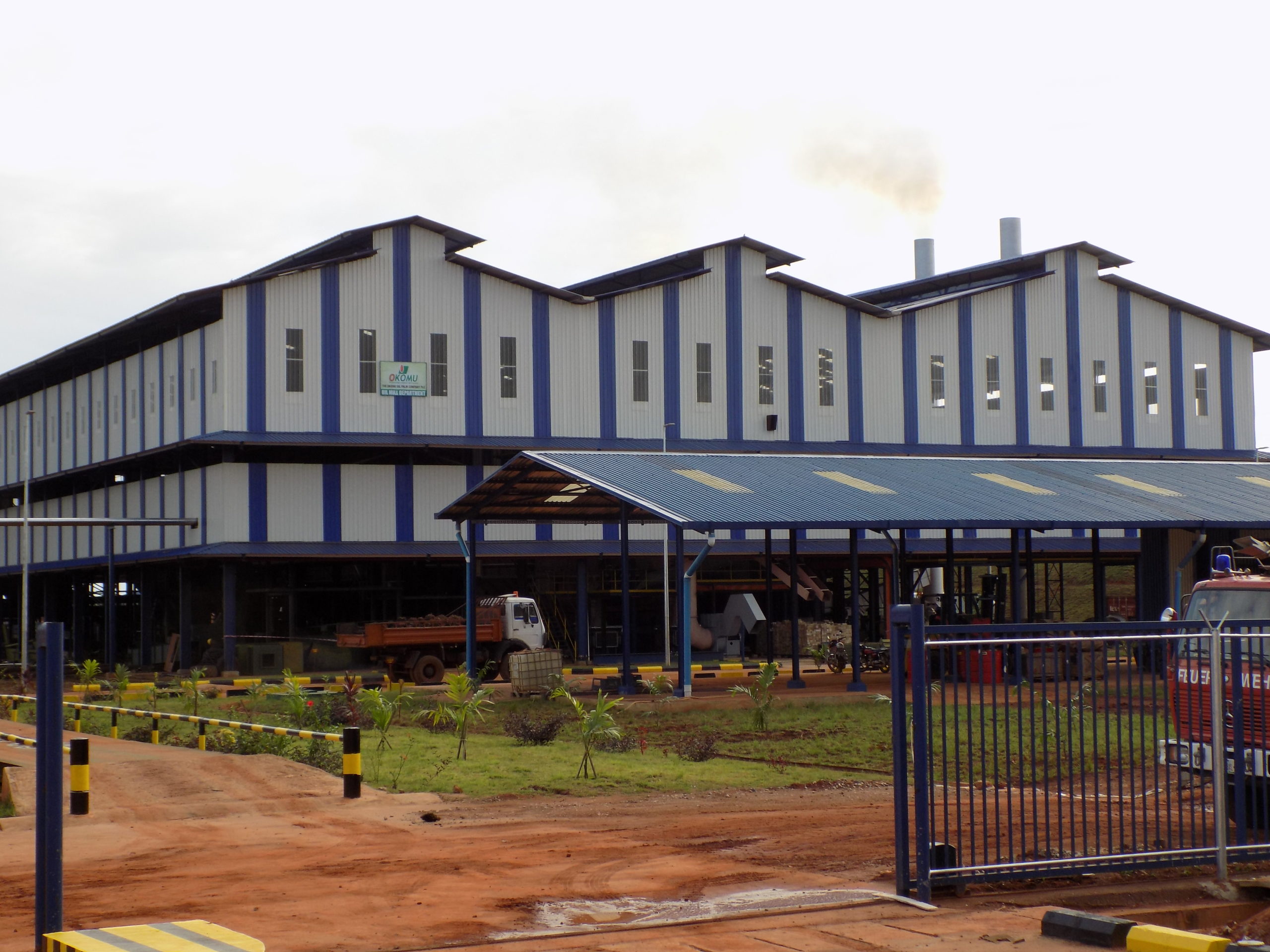Africa’s Industrial Ambition Meets the Shock of Global Controls
Japan’s new export curbs on Chinese tech firms may seem distant, but their impact could reach African factories, solar parks, and ports. As supply costs rise and inputs tighten, Africa’s manufacturing dreams face a global test of resilience, strategy, and independence.

When Japan placed multiple Chinese firms on its export control list in late September 2025, China (SSE: 000300) swiftly pushed back, calling the decision “wrongful” and demanding that Tokyo reverse it. What appears to be a bilateral trade dispute between two Asian powers carries broader implications for Africa, where economies are increasingly tied to global technology and manufacturing supply chains.
At first glance, the confrontation revolves around semiconductors, advanced components, and export restrictions. Japan’s Ministry of Economy, Trade and Industry (METI) revised its control list by adding new Chinese entities while removing two others. China’s Ministry of Commerce denounced the move as protectionist and politically motivated. Yet beneath the diplomatic exchanges lies a deeper contest over who controls the world’s critical input networks—and Africa is indirectly caught in that struggle.
Across the continent, industries from telecommunications in Kenya to solar and battery manufacturing in South Africa and electronics assembly in Nigeria depend heavily on imported inputs from Asia’s industrial giants. China’s tech supply chains stretch across companies like SMIC (HKG: 0981), Huawei, and BYD (SHE: 002594), while Japan’s ecosystem spans advanced component leaders such as Tokyo Electron (TYO: 8035) and Murata Manufacturing (TYO: 6981). When export restrictions tighten or trade permissions shift, the effects cascade into African markets. If Japan curbs chip exports to China, Chinese manufacturers may reroute sourcing through Malaysia or Taiwan, altering global component prices and delivery timelines. Those secondary effects often land in Africa, where thinner margins and high logistics costs make producers vulnerable to even minor shocks.
This dynamic creates a kind of second-order risk. African firms uninvolved in the geopolitical dispute still absorb the cost. An electronics assembler in Lagos or a solar inverter plant in Cape Town may face component price hikes of 10–30 percent or months-long delays on shipments. For smaller manufacturers already operating with high borrowing costs—where prime rates hover around 15–17 percent—such disruptions can erase profit margins. A five percent cost spike in a market that depends on imported parts can derail entire production cycles, especially for listed firms like BURN Manufacturing (private) or Kibo Energy (LSE: KIBO) that rely on thin cash flows and tight financing.
China’s reaction has been predictable—diplomatic protest, trade warnings, and calls for dialogue—but Africa’s challenge is more structural. The question is how resilient the continent’s supply chains are to external shocks. Should African nations focus on diversifying import sources, developing localized manufacturing capacity, or stockpiling critical components? As global trade becomes more politicized, African economies can no longer assume that supply flows will remain neutral or reliable.
The risk exposure varies by country. In Kenya, mobile phone assemblers rely on displays, chips, and lithium-ion batteries largely imported from China and Japan. In South Africa, renewable energy developers depend on solar modules and inverters from LONGi Green Energy (SHA: 601012) and Panasonic (TYO: 6752). New restrictions could raise project costs by 8–12 percent and delay rollout schedules across the REIPPPP framework. In Ghana and Côte d’Ivoire, where smartphone assembly hubs are emerging under local partnerships, the same disruptions threaten to slow industrial takeoff.
Investors and lenders are already recalibrating their models. For African tech and manufacturing firms, risk-adjusted capital costs may need to rise by 250–400 basis points to reflect geopolitical uncertainty. A company with a weighted average cost of capital (WACC) of 12 percent may now need to price in 14 percent or more. Sovereign risk premiums are also reacting: Kenya’s 2032 Eurobond (ISIN XS2051363054) yields roughly 9.1 percent, while South Africa’s 2030 bond (JSE: R2030) trades near 10.3 percent, signaling higher perceived risk across the region. Export credit agencies and project financiers have started tightening covenants, demanding supply chain guarantees before committing to multi-year loans.
Mineral exporters face their own dilemma. Japan’s restrictions target high-end components, but many depend on rare earths and minerals sourced from Africa. If Chinese producers double down on refining these materials domestically, Africa’s leverage as a supplier could weaken. That shift would hit exporters of cobalt in DR Congo, graphite in Tanzania, and rare earths in Madagascar, where margins are already thin. Meanwhile, listed mining firms like Glencore (LSE: GLEN) and Sherritt International (TSX: S) will likely adjust sourcing and forward contracts to anticipate bottlenecks.
The tension exposes Africa’s fragile place in global value chains—rich in resources but limited in processing power. To climb the ladder, the continent must shift from raw exports to manufacturing under AfCFTA, supported by targeted incentives in electronics and green tech. Regional blocs like ECOWAS and SADC could cushion shocks by coordinating import priorities for key components. With China expanding via the Belt and Road Initiative and Japan advancing through TICAD, Africa sits at the crossroads of competing influence. If export controls tighten into 2026, diversifying suppliers and securing long-term contracts will be crucial to protect its industrial ambitions.
For global investors, Japan’s export control expansion is more than an Asian policy move—it’s a cautionary signal about how geopolitical friction can reverberate through emerging markets. Africa’s manufacturing and technology sectors, though small in global share, are highly exposed to such policy ripples. The continent’s winners will be those that anticipate volatility: diversifying sources, building domestic capacity, and leveraging regional coordination to stay ahead of the next disruption.





